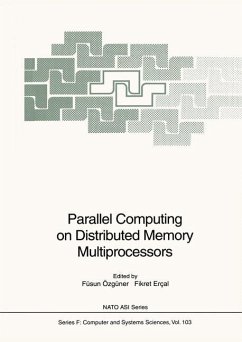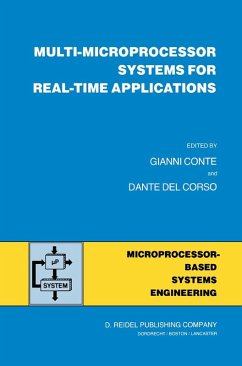
Cellular Processor Arrays for Topographic Calculations
Architecture, Programming, Efficiency, and Implementability
Versandkostenfrei!
Versandfertig in 6-10 Tagen
43,99 €
inkl. MwSt.

PAYBACK Punkte
22 °P sammeln!
High performance, general purpose processor chips apply multiple (a few dozens) processor cores nowadays due to technological reasons and power constraints. On the other hand, Cellular Processor Arrays, specially optimized for topographic processing problems, uses tens of thousand locally interconnected processing elements. Vision chips, based on this topology, reach extremely high computational performance and above 10,000 FPS speed within the sub Watt power budget for small images, or few hundreds FPS for HD images. This book discusses the organization, the architectural, the programming, th...
High performance, general purpose processor chips apply multiple (a few dozens) processor cores nowadays due to technological reasons and power constraints. On the other hand, Cellular Processor Arrays, specially optimized for topographic processing problems, uses tens of thousand locally interconnected processing elements. Vision chips, based on this topology, reach extremely high computational performance and above 10,000 FPS speed within the sub Watt power budget for small images, or few hundreds FPS for HD images. This book discusses the organization, the architectural, the programming, the communication, the efficiency, the applicability, the implementability and the performance questions of these processor arrays.












